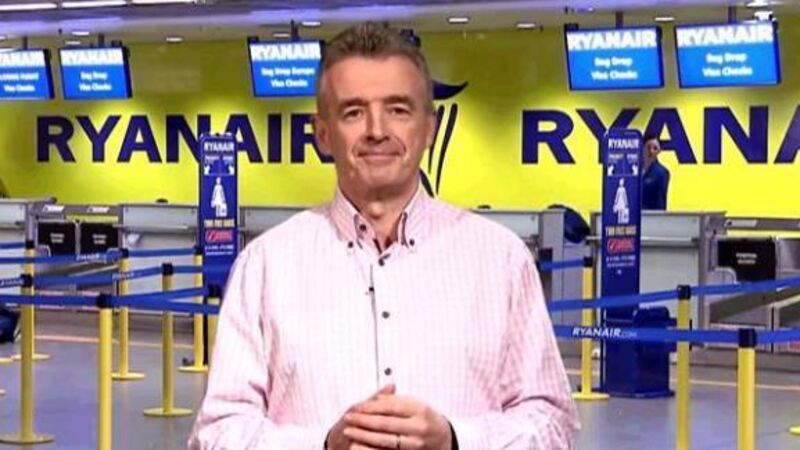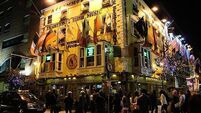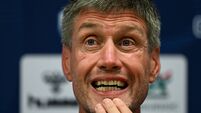Data shows economy slowly beginning to lift

Single big transactions such as aircraft purchases can have a very substantial impact in a particular quarter and make the following quarter very weak by comparison if similar purchases do not occur.
It is particularly difficult to interpret growth statistics at the moment, because as well as the activities of the multinational sector and big aircraft purchasers like Michael O’Leary, some bits of the economy are showing some growth and others are still contracting.
In addition the national accounts data just released could be subject to considerable revisions as the Central Statistics Office (CSO) obtains more information.
Before analysing the latest national accounts data it is important to remember Gross Domestic Product (GDP) is the total value of goods and services produced in the economy in a given time period. Gross National Product (GNP) is basically that part of GDP that ends up in the pockets of Irish residents. The difference between the two is called ‘net factor income from the rest of the world’. This primarily consists of the difference between the profits that foreign-owned companies operating here send back to their home country and what Irish companies operating overseas send back to Ireland; and interest on the foreign component of our national debt. Yesterday’s data for 2013 show that GDP totalled €164bn and GNP totalled almost €138bn.
Hence there were net factor outflows of €26bn last year. In Budget 2013 the Department of Finance forecast real GDP growth of 1.5% in 2013 and real GNP growth of 0.9%. Yesterday’s first estimation of growth suggests that GDP actually contracted by 0.3%, and GNP expanded by 3.4%.
On the surface the GDP numbers are very disappointing, but the GNP numbers look very reassuring. Looking at the breakdown of the components of growth give us a slightly better understanding. Personal consumer expenditure declined by 1.1%, with the sales of goods up by 0.2% and the sales of services down by 2.3%. The sales of goods were helped by the recovery in car sales, but other areas were weak. This is totally consistent with the challenging environment that most businesses dealing with the stretched personal sector experienced during 2013. During the final quarter personal consumption declined by 0.2%.
Gross Domestic Fixed Capital Formation (which is basically investment in machinery and equipment and construction output) increased by 4.2%. Within this category overall construction output increased by 11.6%, with new dwelling down by 0.2% and other building & construction up by 14.3%. Investment in machinery and equipment declined by 4.8%, but if we exclude the fact that investment in new aircraft was €1.7bn lower last year, this category would have grown by 16.3%.
Exports of goods and& services increased by just 0.2%, while imports increased by 1%. The weak export performance reflected the patent issue in the pharmaceutical sector. This reduction in pharmaceutical exports meant that fewer royalties had to be paid to the home country and lower profits were earned, meaning that the net factor outflows were more than €5bn lower than 2012. This primarily explains the disparity between GDP and GNP growth last year.
Sifting through the whole mess, we get a picture of an economy that is still bumping along the bottom, but which is starting to gradually lift. The economy is a lot like the curate’s egg, but things are getting slowly better. This trend looks set to continue.














